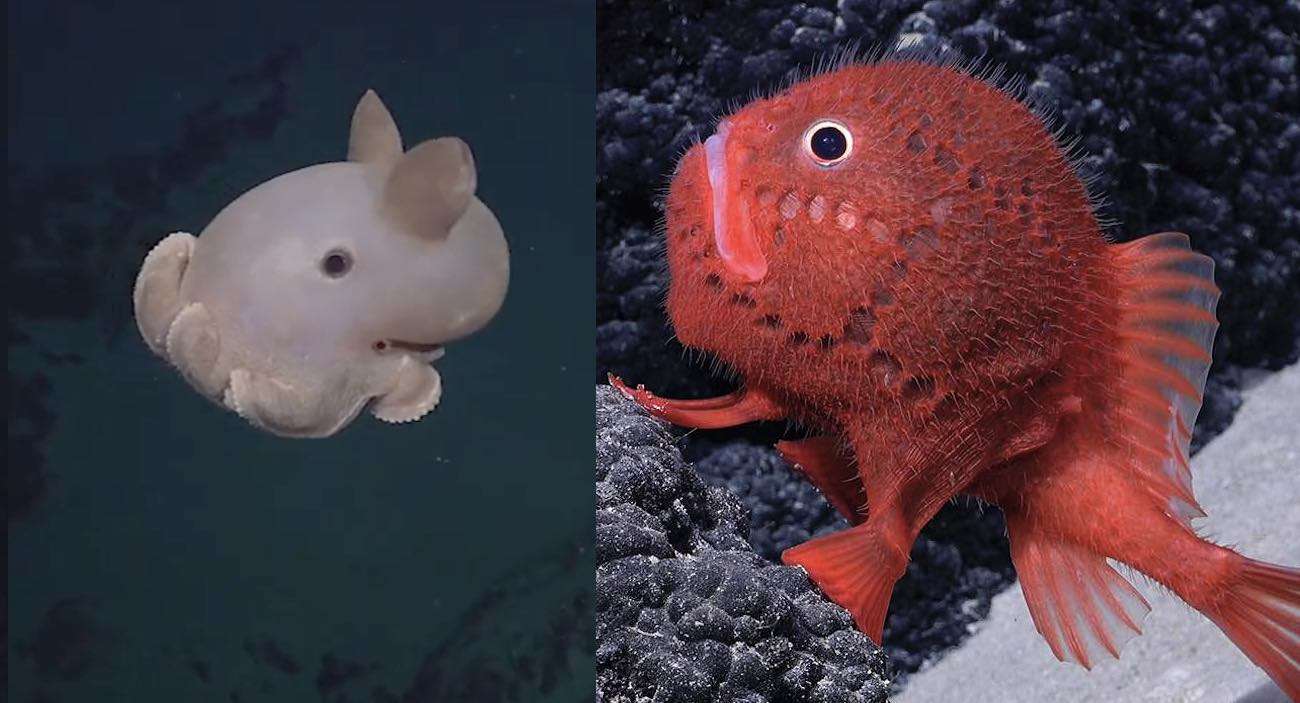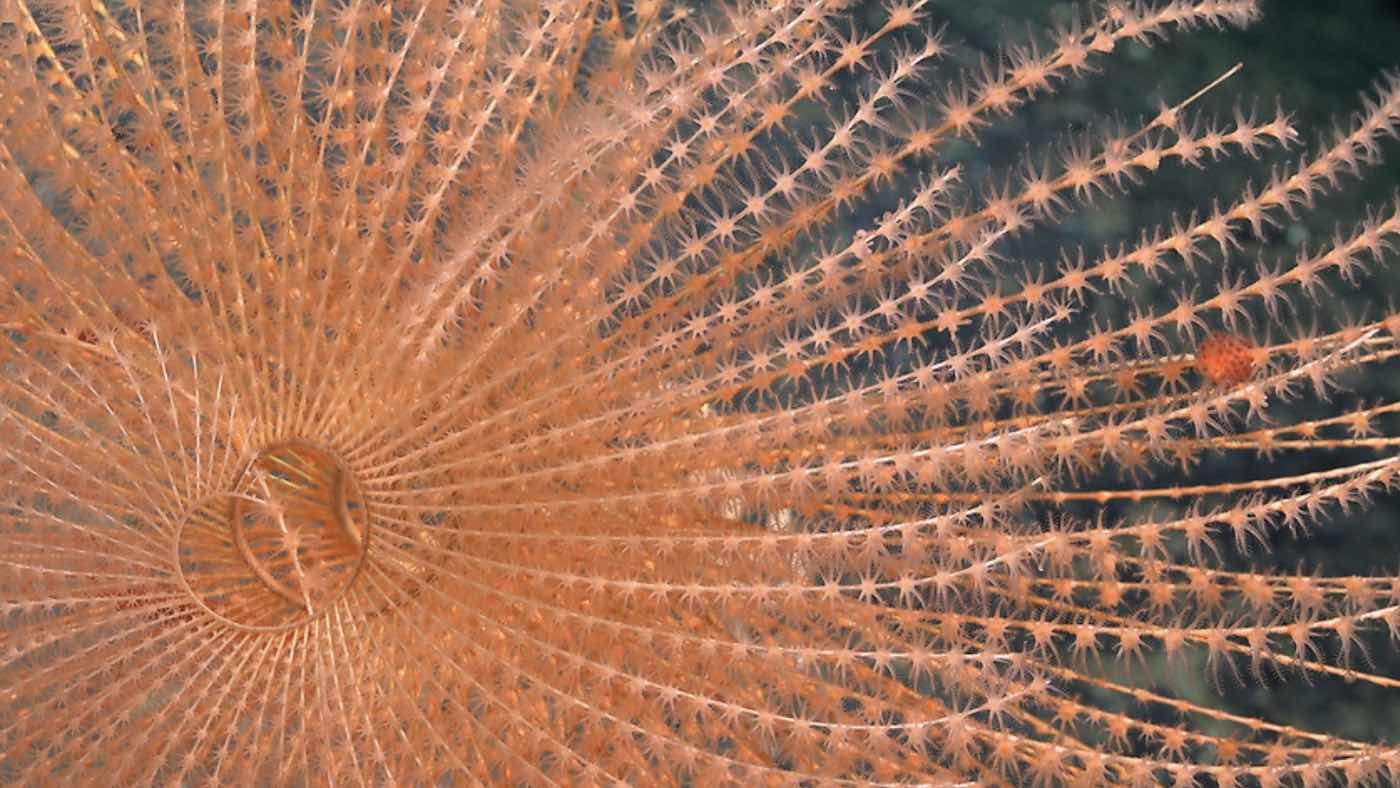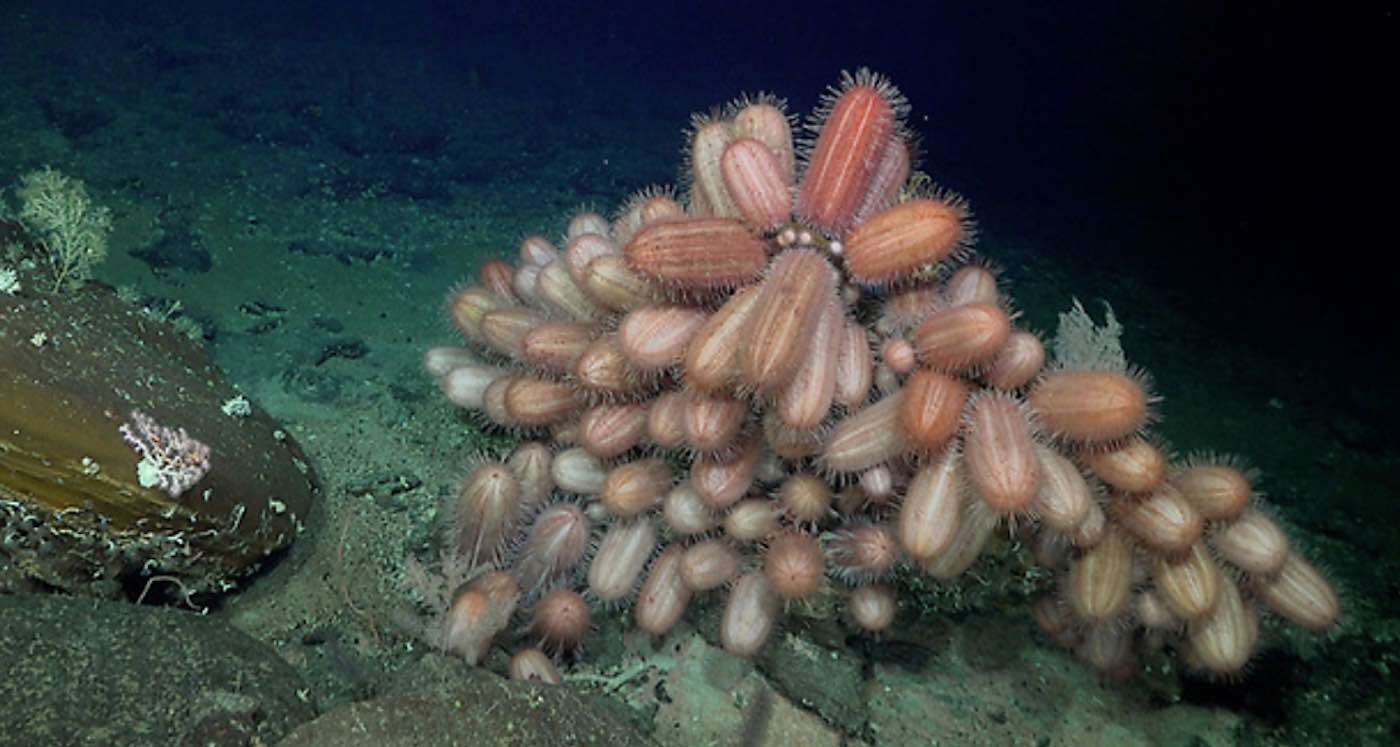Indian IT Worker Designs New Eco-Friendly Sewage Treatment Method with the Sacred Cow as His Inspiration
With the aid of a grant from the US-based Biomimicry Solutions, ECOSTP now has 325 clients across 22 states in India.

More than 100 new species of alien-looking marine life have been discovered living near huge underwater mountains off the coast of Chile.
An international team of scientists visited previously unexplored sea mountains—towering at up to 3,530 meters—and found dozens of never-before-seen species, including deep-sea corals, sponges, sea urchins, amphipods, and squat lobsters.
Led by the Schmidt Ocean Institute, the team used a remote-controlled underwater robot to explore the marine life at seafloor depths of up to 4,500 meters deep.
The international research team found that each seamount played host to a vast array of distinct ecosystems, many of which were identified as vulnerable.
These included thriving, deep-sea coral reefs and sponge gardens as well as brightly-colored and mysterious species of fish, lobster and amphipods likely never before seen by human eyes.
"You always expect to find new species in these remote and poorly explored areas, but the amount we found, especially for some groups like sponges, is mind-blowing," said Dr. Javier Sellanes, of northern Chile's Universidad Católica del Norte. "We far exceeded our hopes."

Experts are now analyzing the physiology and genetics of the specimens to confirm whether they are new species to science. (See them in the video below…)
During their expedition, which also included two of Chile's protected marine areas—the Juan Fernandez and Nazca-Desventuradas parks—the scientists used the underwater robot SuBastian, which is capable of descending to depths of 2.8 miles (4.5 kilometers).
The Salas y Gómez Ridge is 1800-miles-long (2900km) comprised of more than 200 seamounts that stretch from off the coastline of Chile to Easter Island in the southeastern Pacific Ocean.
On their ambitious expedition mapping over 20,000 square miles (52,777 sq km), the team explored the Nazca and Salas y Gómez Ridge, located both inside and outside of Chile's jurisdiction, to collect data that could be used to support the designation of an international high-seas marine protected area—to save it from mining companies looking for natural minerals, like cobalt, in underwater mountains.

A second expedition on the Research Vessel Falkor (too) is set to sail in the coming days to further explore the Salas y Gomez Ridge, with the expedition being live-streamed on the Schmidt Ocean Institute's YouTube channel. (See some of their astounding video below…)
The California-based nonprofit will also be operating in the Southeast Pacific in the coming year, exploring the waters off Peru.
"Full species identification can take many years, and Dr. Sellanas and his team have an incredible number of samples from this amazingly beautiful and little-known biodiversity hotspot," said the Institute's Executive Director Dr. Jyotika Virmani.
Their partner, the Nippon Foundation, has set a target of finding 100,000 new marine species in the next 10 years for its Nekton Ocean Census Program—and, once identified, these new species will be counted as part of that.
Watch the amazing video from Schmidt Ocean Institute below…
SEND THE MAGICAL Sights to Friends By Sharing on Social Media…
Be the first to comment